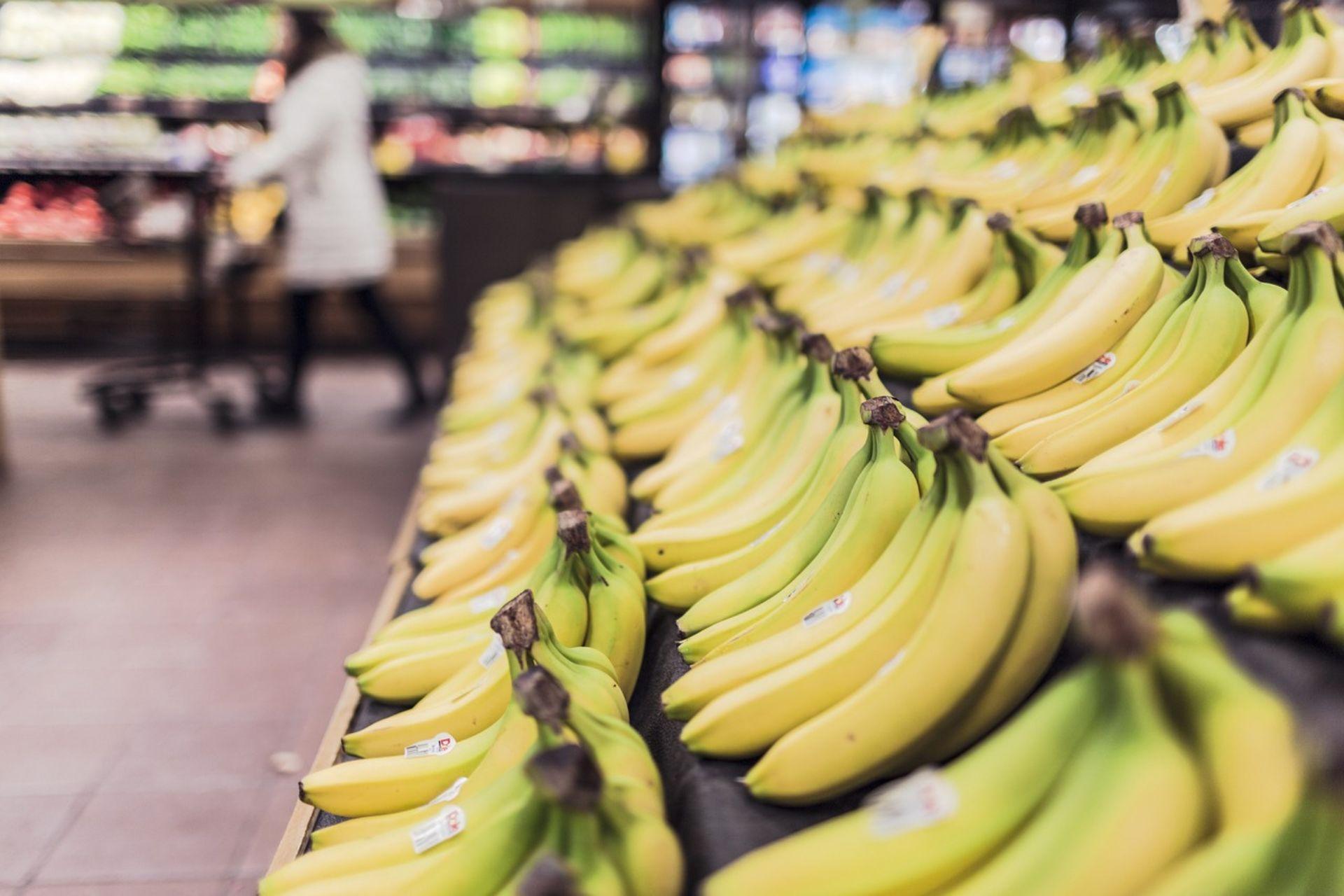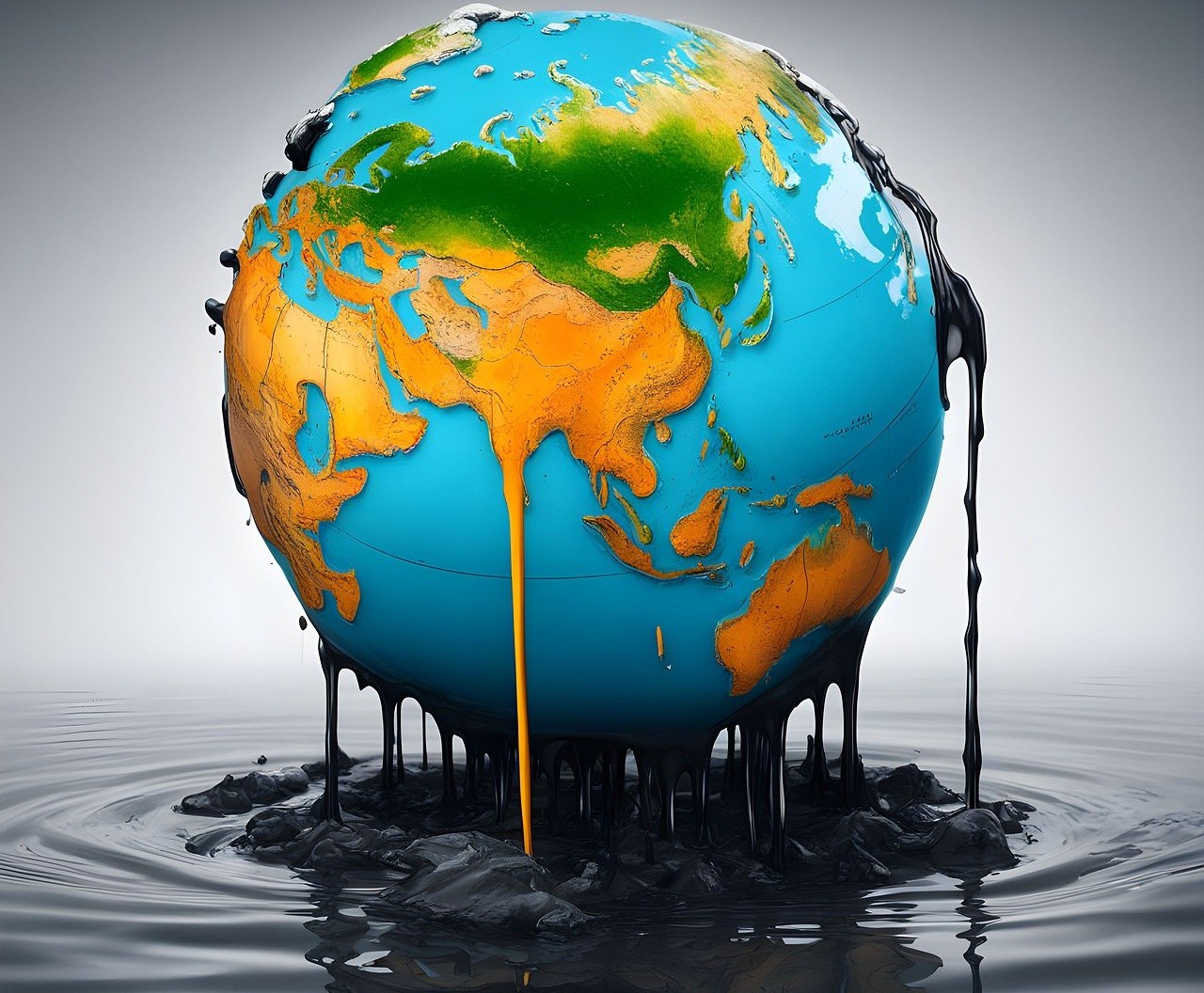
Greenwashing in food: what it is, how it works and why you should inform yourself
Have you ever bought an agricultural product with a label reading ‘100% natural’ or ‘eco-friendly’ feeling confident that you were making the right choice for the environment and yourself? A crowded supermarket, a shelf full of colourful products and that one label that immediately catches your eye: sustainable. Imagine buying a packet of apples with a beautiful green leaf printed on it, only to find out months later that the consortium from which it comes is accused of the presence of pesticides outside the limits allowed by law. This is greenwashing: an increasingly popular marketing strategy in which companies ‘greenwash’ themselves instead of avoiding their polluting practices.
You are not alone. More and more people are looking for ‘green’ products, but the line between real sustainability and misleading promises is becoming increasingly thin.
What is Greenwashing in the agri-food sector?
Greenwashing is an unfair practice that misleads consumers into believing that a product or company is greener than it really is. It derives from the combination of the words ‘green’ and ‘whitewashing’ and indicates, literally, a ‘greenwashing’ operation: an attempt to hide environmentally harmful behaviour behind a false ecological image.
Concrete examples of Greenwashing in the agri-food sector
How does greenwashing work in food? Here are some examples:
- Some farms claim to adopt the organic method but still use agricultural products that are not allowed under the organic farming. As a result, there are chemical residues above the legal limits in fruit and vegetables. An abuse that allows them to benefit from the positive image of organic farming.
- Despite the growing demand for organic agricultural products, controls in the sector are insufficient, fragmented or non-transparent.
- Although the agri-food certification system was created to guarantee quality and sustainability standards, it has many flaws that make it vulnerable to greenwashing. Some companies obtain certifications meeting only the minimum requirements, without guaranteeing a truly reduced environmental impact. Moreover, the proliferation of private and self-referential certifications creates confusion among consumers, giving the illusion of greater sustainability without real control over the entire production chain. In many cases, certifications become a mere marketing tool, rather than a guarantee of transparency and quality.
- Buying directly from the local farmer (zero km) does not guarantee that the agricultural product is pesticide-free and sustainably grown. Even small farmers may use plant protection products like those of large farms. Moreover, the lack of strict controls in direct sales to the consumer increases the risk of non-compliant practices.
- Some companies enter into partnerships with environmental organisations to gain support for ‘green’ initiatives that in fact only represent a small part of their operations. For example, a donation to reforest an area is used as a marketing strategy to conceal unsustainable farming practices on a large scale.
- Some brands of meat, eggs and dairy products advertise ‘animal-friendly’, ‘low environmental impact’ practices, but closer analysis reveals that these claims are either unsubstantiated or refer to a very small part of total production.
- Some companies emphasise an aspect of their product (e.g. ‘recyclable packaging’) to shift attention away from certain polluting practices in production.

Why is Greenwashing dangerous for consumers and the environment?
When a company practices greenwashing at the same time, it creates misinformation and distrust in the consumer. Daily intake of even low levels of pesticides causes primarily gastrointestinal disorders, allergies and irritations. Repeated intake of seemingly ‘natural’ fruit and vegetables grown with synthetic pesticides or inappropriate substances compromises the immune system, increasing vulnerability to infection or inflammation.
Scientific studies link chronic exposure to pesticides to an increased risk of serious diseases such as cancer, neurodegenerative diseases (e.g. Alzheimer's and Parkinson's) and endocrine disorders.
The accumulation of heavy metals in the body is linked to developmental delays in children, cognitive problems and neurodegenerative diseases in adults.
From an environmental point of view, greenwashing is even more insidious because it hinders the necessary change towards truly sustainable production and consumption. Companies that invest in green-marketing rather than in truly ecological practices continue to pollute, contributing to climate change.
Unhealthy cultivation and breeding disguised as sustainable practices continue to destroy natural habitats, reducing biodiversity and altering the balance of ecosystems indispensable for human life.
Greenwashing helps perpetuate agricultural practices that deplete the soil, pollute water supplies and the air we breathe. This degradation reduces the capacity of ecosystems to regenerate, increasing dependence on external inputs and accelerating ecological collapse.

The psychology of Greenwashing: why do we fall for it?
Greenwashing is not only based on well-thought-out marketing strategies but also exploits the psychological mechanisms that drive our purchasing decisions. It is a phenomenon that is part of the complex interplay between perception, emotions and human behaviour, leading us to believe that we are making more sustainable choices than we actually are.
We can call this factor a ‘thirst for sustainability’. In a world increasingly aware of environmental problems, consumers want to feel part of the solution.
Furthermore, we must consider the effect of labels and images. Human beings are visual creatures. Colours such as green, images of trees, leaves or animals immediately evoke positive associations with nature. This exploitation of visual associations is one of the pillars of greenwashing.
Another key aspect of greenwashing is our tendency to trust famous or mainstream brands. If an established company promotes a product as ‘green’, we often do not question this claim.
Greenwashing in agriculture: how to distinguish true sustainability
If greenwashing deceives consumers with green labels and catchy slogans, is it possible to identify business models that are truly sustainable? Indeed, not all manufacturers limit themselves to marketing operations: some adopt strategies based on scientific data, research activities and tangible results.
The research of our company, AXS M31, which has been working in the agro-environmental sector for over twenty years, developing innovative solutions for the wellbeing of all living things, is part of this direction. From the 2000s onwards, studies and experiments have shown that the composition of BioAksxter®, free of potentially polluting organic compounds and inorganic ions, is particularly suitable for organic farming and avoids the phenomenon of eutrophication of marine and inland waters. Regular use of this formulation has been shown to strengthen the energy metabolism of plants, increasing their natural defences and significantly reducing the need for conventional treatments.
More than 20 years later, this scientific evidence proves even more relevant. Today, the challenge is not only to reduce the environmental impact of agriculture, but to regenerate agricultural ecosystems to ensure productive yields without compromising soil health.
From soil health to food quality
One of the aspects often overlooked in the debate on greenwashing and food sustainability is soil health. The degradation of agricultural soils leads to less nutritious fruit and vegetables and an increased reliance on synthetic substances. As we know, several studies have shown that impoverished soil has direct effects on the quality of cultivated products and, consequently, on human health.
BioAksxter®, on the other hand, is based on the opposite principle: it allows cultivation free of harmful substances, with decidedly positive effects on the quality of agricultural products. A real advantage for both the consumer and the environment.
The real difference, therefore, lies in the approach: demonstrable and measurable sustainability, based on innovative research and concrete results, rather than catchy labels. All of which can be ascertained with multi-residual analyses.
Less promises, more results: this is how you overcome greenwashing. For truly sustainable agriculture, we need deeds, not words.

European Greenwashing Legislation
In January 2024, the European Parliament approved a directive (2024/825) aimed at combating greenwashing by imposing stricter rules on environmental product declarations. This directive prohibits the use of generic environmental claims such as ‘environmentally friendly’, ‘green’ or ‘natural’ if they are not supported by concrete evidence. Companies must provide scientific evidence to support their environmental claims, ensuring transparency and reliability for consumers.
EU Member States have until 27 March 2026 to transpose the provisions of the directive into their national legislation, with the aim of making the new rules operational by 27 September 2026.
In Italy, there are currently no specific regulations dedicated exclusively to greenwashing. However, Legislative Decree No. 254 of 2016, which transposes Directive 2014/95/EU, imposes an obligation on large companies to disclose non-financial information, including environmental, social and personnel data, in order to ensure transparency in their activities.
Now a question arises: is all this really a solution? If existing regulations impose transparency, why do we continue to see blatant cases of greenwashing? The problem is that, without stringent controls and exemplary penalties, many companies still find it convenient to invest in ‘green’ marketing rather than true sustainable practices. Moreover, most regulations only affect large companies, leaving out a whole slice of the market.
And the consumer? He has to untangle ambiguous labels and unverifiable promises, relying on poor discernment. In a world awash with misleading advertising messages, should it not be the law that ensures real protection of the environment and public health?